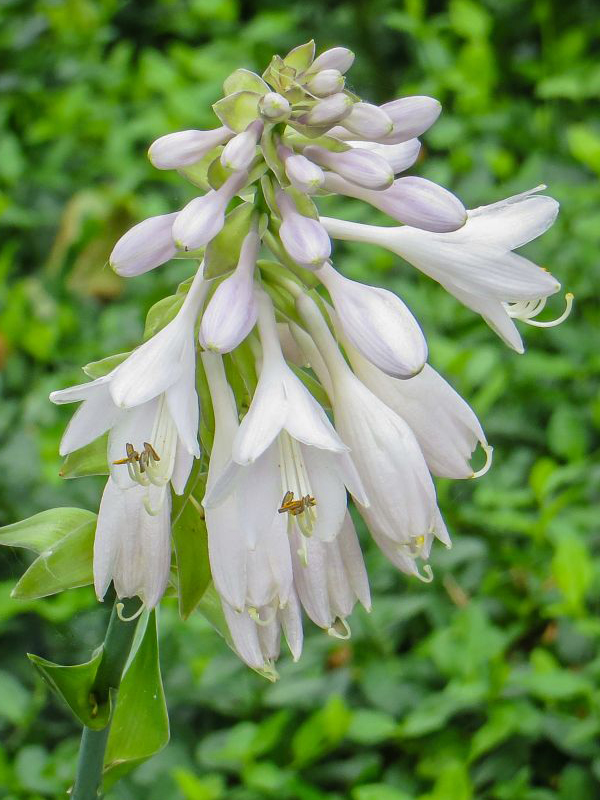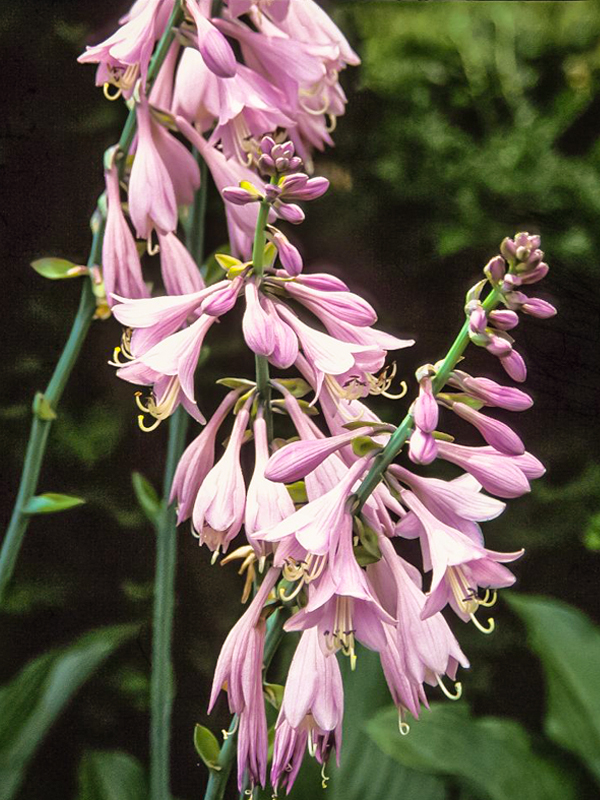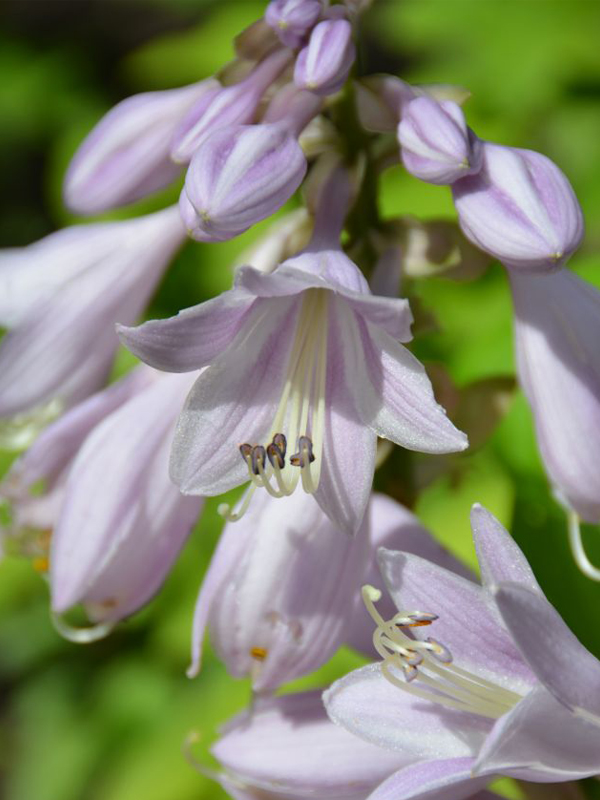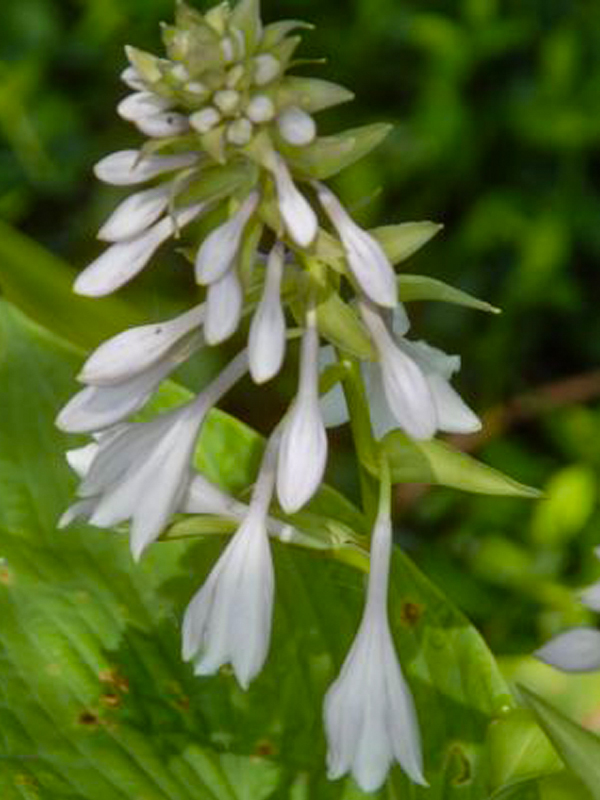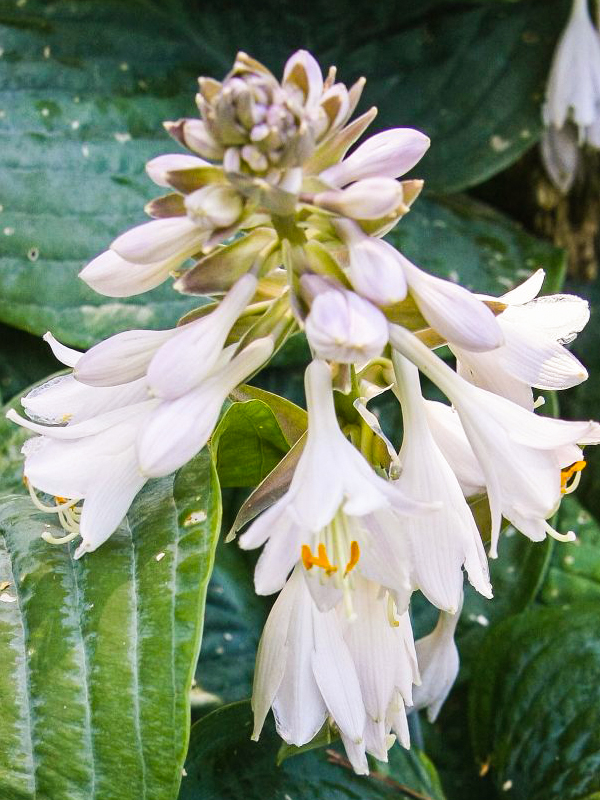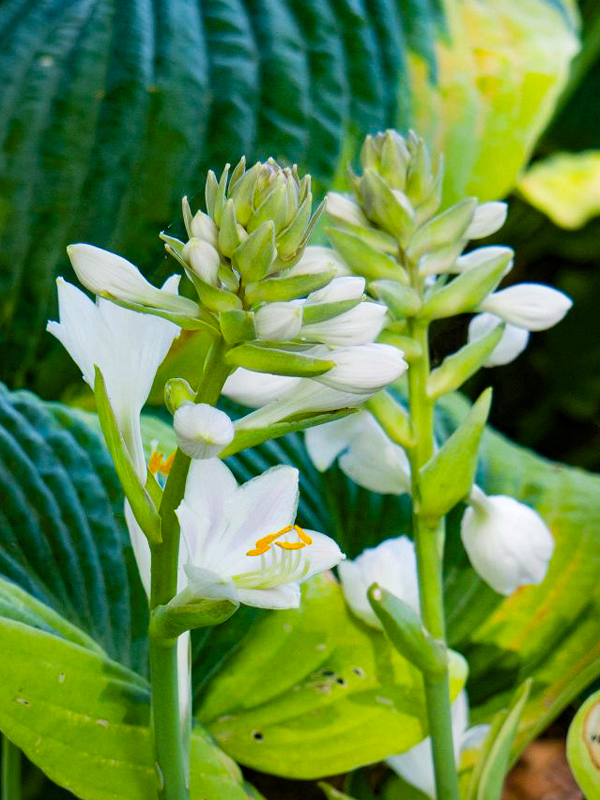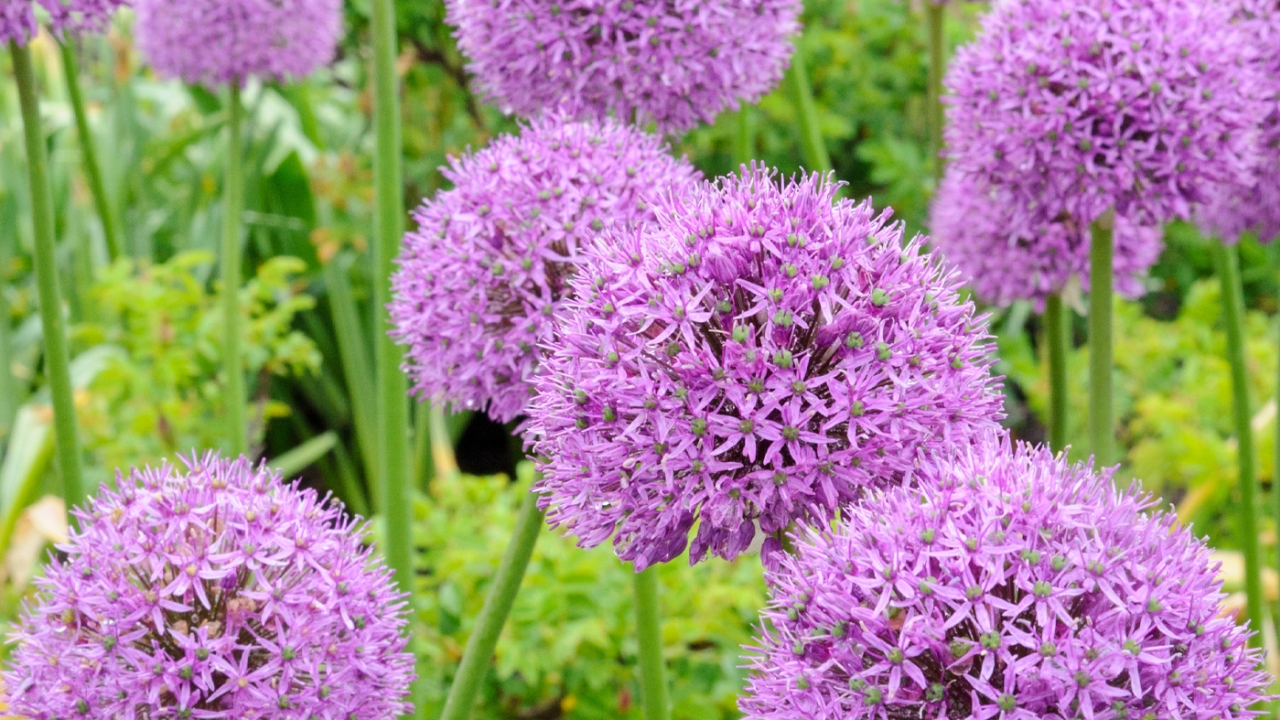

Hosta
Hosta spp.
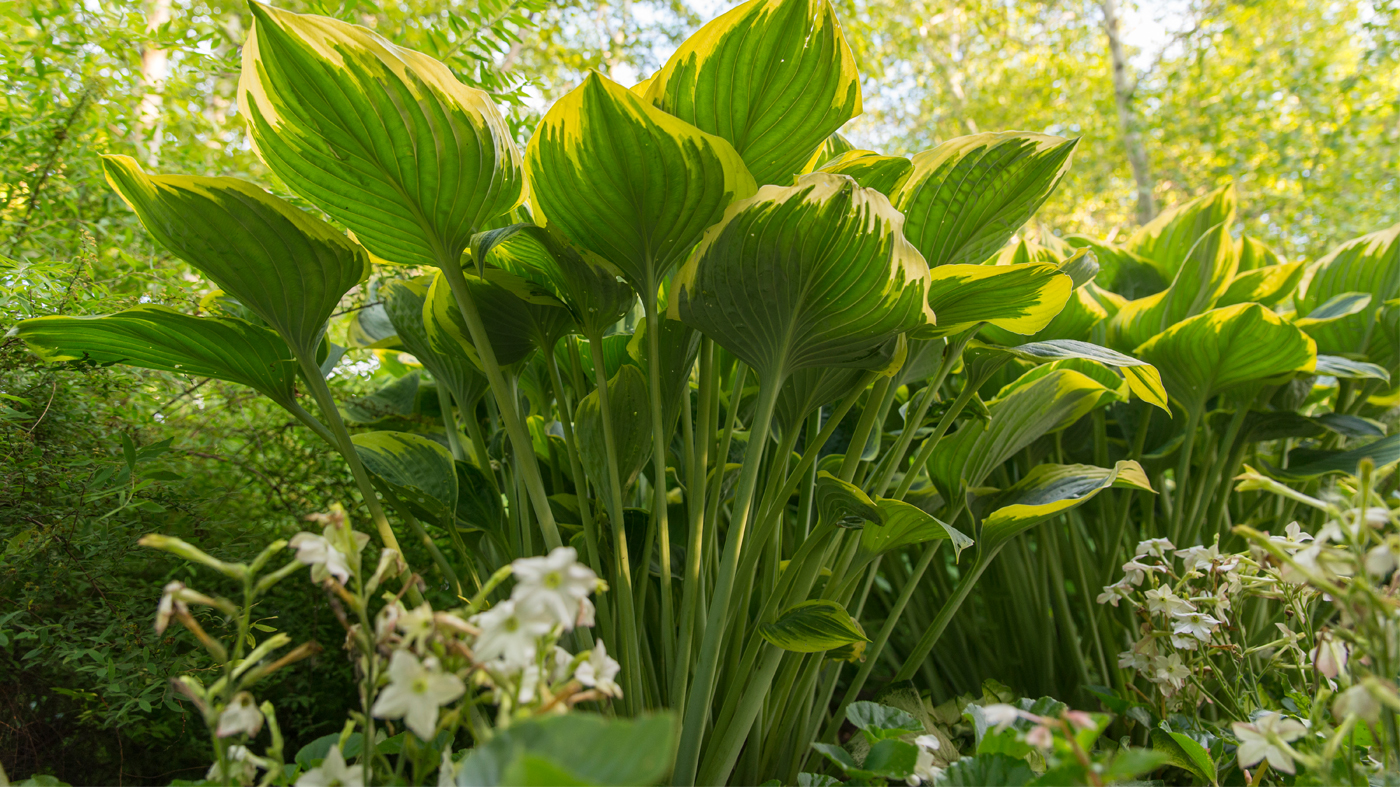
Many gardeners consider hostas quite similar to daylilies — absolutely fail-safe plants. Stick them in the ground, give them a little water, and they're on their own. In fact, they grow so fast and multiply so freely that, in a few years, you'll be splitting them apart and giving them away to friends.
Hostas have become so ubiquitous in shaded suburban gardens that one species, Hosta lancifolia, is actually known as "the Winnetka weed." But because they are so easy to grow and so adaptable to many situations, they tend to be taken for granted, even considered a little... boring. However, they are anything but, especially the more colorful, pest-resistant introductions.
While many hostas have attractive flowers, it is their foliage that makes them indispensable for adding shape and substance to a shady garden. Native to Japan and China, the original species has been vastly improved on by plant breeders, with hostas now available in an incredible variety of shapes, sizes, and colors. There are hostas as large as 4 feet tall and 7 feet across, and others that are rock garden size, only 4 inches high. Since gardeners grow hosta more for their foliage than their flowers, leaf color is of primary importance. Plain green is a thing of the past. Leaves are now blue, blue green, chartreuse, gold, or variegated. Stems and petioles are burgundy. Variegated foliage includes combinations of green on white, gold on green, or chartreuse on blue.
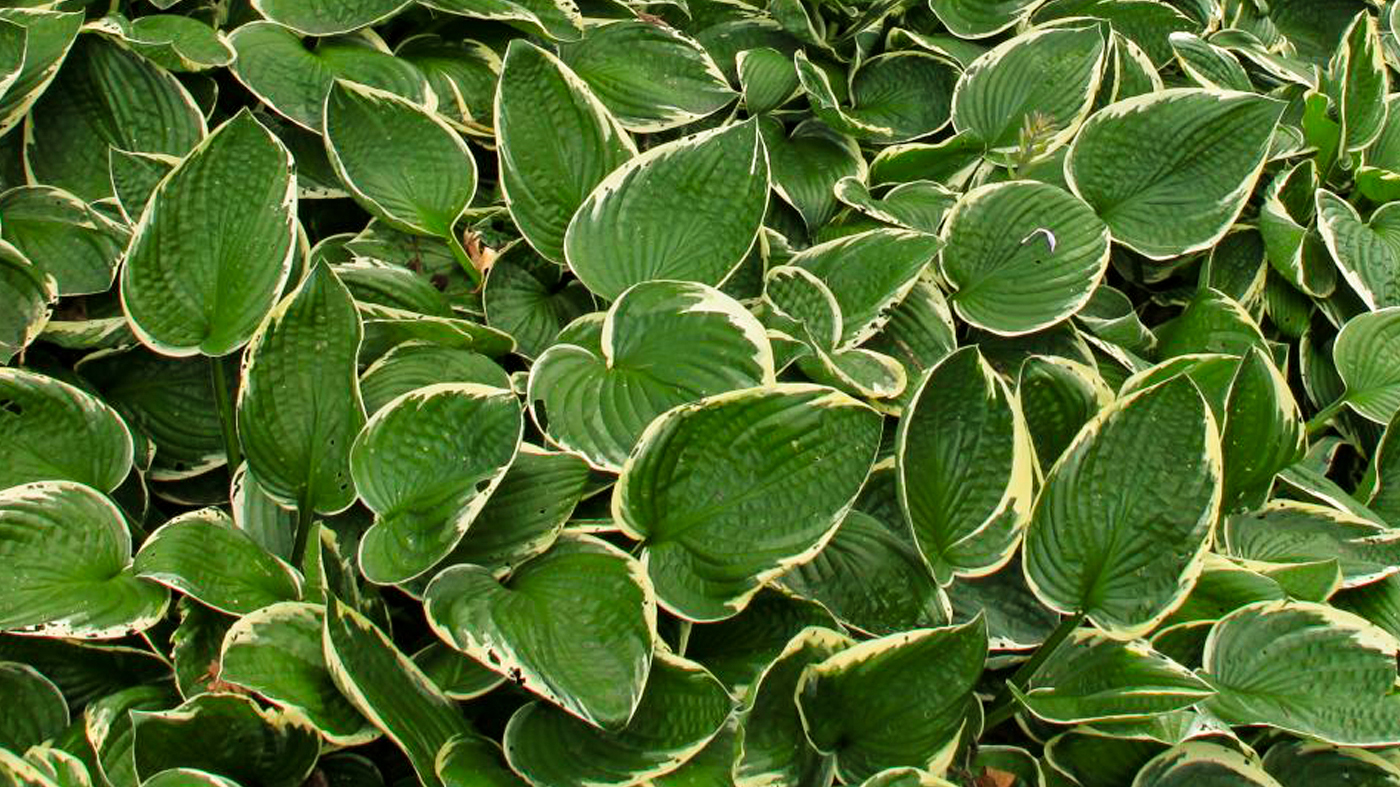
Blue hostas
The blue hostas are particularly popular, not just for their color, but for the corrugated texture of their leaves that makes them undesirable to slugs. The blue color is actually a waxy "bloom" that can be rubbed off. Heavy rain can also wash away this bluish substance, and full sun tends to burn it off, turning the leaves back to a green color. To keep your blue hostas blue, plant them in protected, shaded spots. As with other blue (and burgundy) plants, the freshest color is produced early in the growing season.
Slugs
Slugs are a hosta plant's major pest, and gardeners struggle with creative ways to deter them. The classic nontoxic method is to set out a shallow container full of beer and let the critters crawl in and drown. The pan must be 3 to 4 inches deep or most of the slugs will crawl out. The secret ingredient which many gardeners overlook is the ¼ cup of flour mixed in with the can of beer. The flour interferes with the slug's digestive tract and speeds up the drowning process. If slugs are in your garden, be prepared for them to visit daylilies in the early, cooler days of summer, before temperatures and midday sun send them back to the damp shady garden spaces they prefer.
Some of the large, slug-resistant cultivars include the following:
Hostas for smaller spaces
Smaller hostas, particularly when massed, are excellent bedding and border plants, and as ground covers, they're unbeatable (what weed can grow under a hosta?). H. 'Francee' and 'Patriot' — both green with bright white margins — are good midsize hostas; and 'Ginkgo Craig' is a small green and white hosta suitable as an edging plant.
Hostas with beautiful flowers
There are a few hostas with beautiful flowers, and Hosta plantaginea is a notable example. It has lovely white blooms late in the summer, as does 'Royal Standard', and both of these varieties are wonderfully fragrant. 'Royal Standard' is also one of the most sun-tolerant hostas. Hosta ventricosa, a popular fragrant hosta that features deep purple flowers, is very effective in massed plantings and tolerant of deep shade.
Even though hostas will grow in tough, clay soils, and can survive neglect and abuse, they will bloom better and last longer in rich, well-drained soil, with plenty of organic matter and ample moisture where they receive morning sun only.


